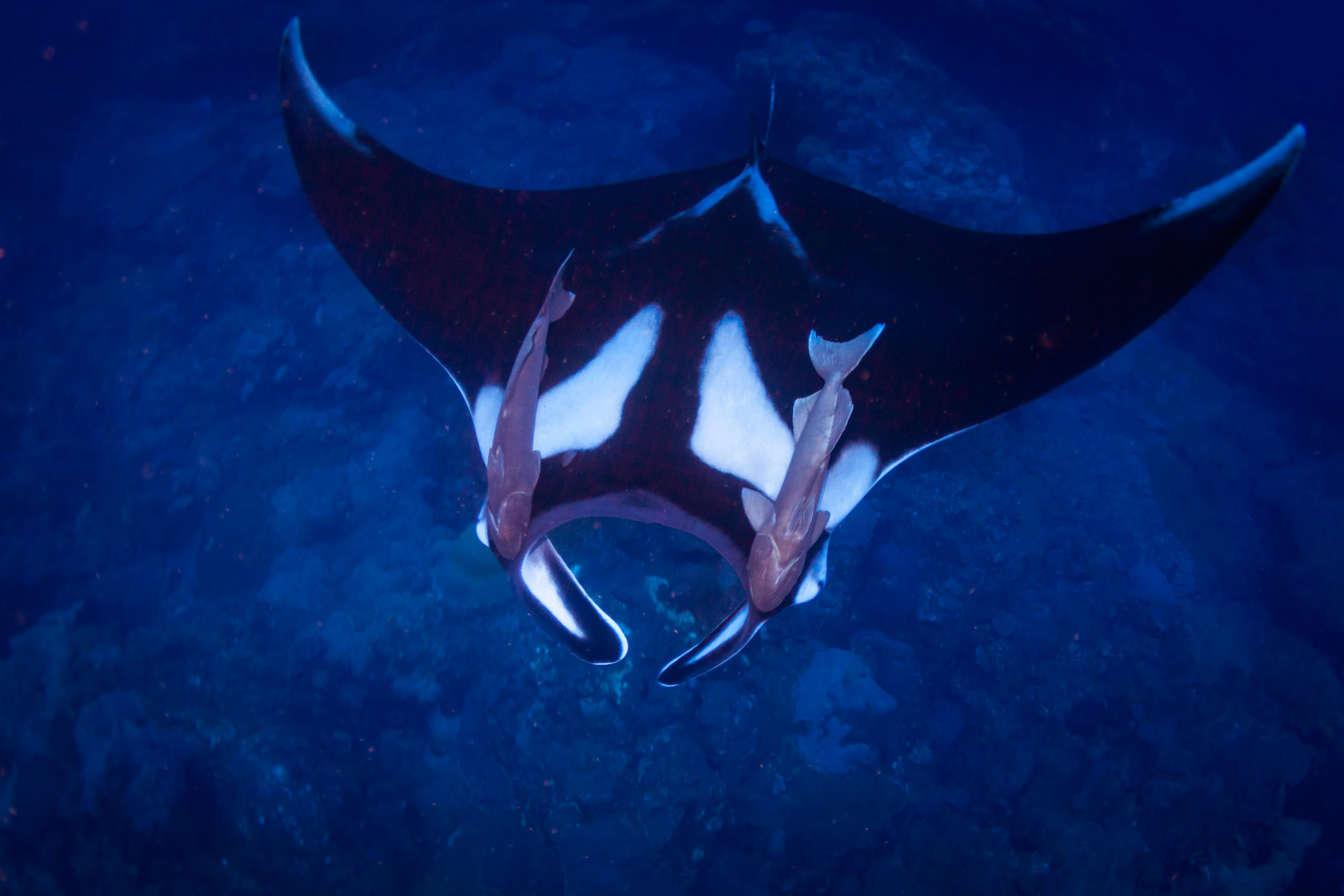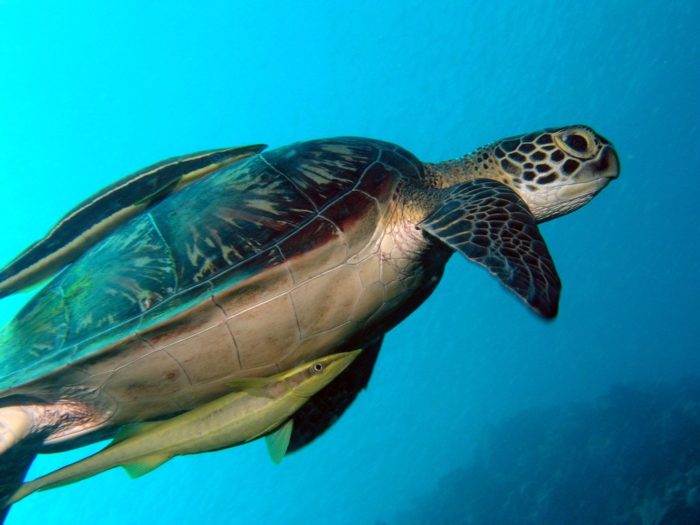
Sea Wonder: Remora

Photo credit: Beata Lerman
Remoras, also known as suckerfish, are a family of eight ray-finned fish species under the order Carangiformes and are famous for their hitchhiking abilities. In ancient seafaring lore, sailors believed remoras could attach to a ship and stop it from sailing.
Description
Remoras are thin, elongated, and rather dark fishes that are often black or brown in color. Their heads are long and flat, with the lower jaw protruding beyond the upper jaw. They can reach lengths of one to three feet depending on the species and can weigh a little over two pounds. They have a flattened, front-facing dorsal fin that has a strong suctioning ability, which allows remoras to attach themselves to larger, migratory marine animals like manta rays, sharks, and sea turtles to name a few. If you were one of these large marine invertebrates, you probably would not even notice if a remora attached itself to you. The suctioning ability causes no harm to the remora’s host and does not even leave a lasting impression on its skin tissue. The remoras’ streamlined bodies minimize drag and do not seem to place any extra energy demands on their hosts. Overall, they are pretty low maintenance passengers.
Diet & Habitat
Remoras are not looking for a free ride, but instead have created a mutualistic relationship with their hosts in which both species benefit from the other. The diet of a remora includes the scraps of their hosts’ meals and, in some instances, they act as their hosts’ cleaners by eating external bacteria, algae, or parasites that have also latched on. Remoras may also feed passively by leaving their mouths open during their travels, taking in plankton and other small morsels as water passes through their mouths.
Remoras are common throughout the global ocean and are rarely seen without a suitable host. They are primarily seen in the open ocean and, on occasion, have been seen in shallower coastal waters. They prefer warmer waters and are best suited for tropical and subtropical latitudes. In the National Marine Sanctuary System, you might see remoras hitching a ride in or near the Channel Islands, Florida Keys, Flower Garden Banks, Gray’s Reef, Hawaiian Islands Humpback Whale, and Monterey Bay national marine sanctuaries, the National Marine Sanctuary of American Samoa, and Papahānaumokuākea Marine National Monument.
Life History
The jet-setting lives remoras lead can make them a challenge to study. Biologists don’t have enough information about these animals to measure their lifespan, understand their reproductive cycles and behavior, or social structures. They are not viable to raise and study in human care given their reliance on large, migratory species, so most research available on remoras comes from brief observations in the ocean.
Threats & Conservation
Seven of the eight remora species are classified as species of least concern by the International Union of the Conservation of Nature, though ecologists do have concerns about the population health of remoras as shark populations continue to decline worldwide. Threats to remoras’ preferred host species include warming and acidifying ocean waters, changes in prey availability, coastal and ocean development, and physical and chemical pollution.

Photo credit: Bunn
